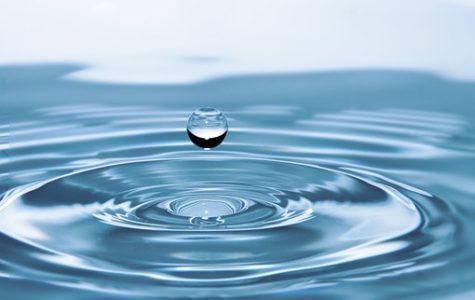While there are anomalies – like Flint, Michigan – most Americans have access to clean water. We can take it for granted that, when we turn on the tap, the water will flow. And it will be drinkable.
But access to safe water isn’t universal, and while estimates vary, there are likely well over a billion people who lack clean water.
clean water.
So water purification technologies matter, and can hopefully be deployed to make clean water more widely available. Here are five of the latest ones that I found listed on Water Technology.
Nanotechnology is one promising water purification process. It has two critical benefits that put it ahead of traditional methods: it’s “considered to be highly efficient and cost effective” – definite pluses when it comes to technology!
Nanotechnology involves several approaches and processes of applying materials on the atomic or molecular scale…The large surface-to-volume ratio of nanoparticles enhances the adsorption of chemical and biological particles, while enabling the separation of contaminants at very low concentrations. Nanoadsorbents feature specific physical and chemical properties for the removal of metallic pollutants from water.
One of the most widespread nanomaterials in use is carbon nanotubes (CNTs). Filtration systems based on this technology “can remove organic, inorganic and biological compounds from water.”
Acoustic nanotube technology was developed at NASA’s Johnson Space Center in Houston. It uses acoustics rather than pressure “to direct water through small-diameter carbon nanotubes.”
The technology is based on an acoustically driven molecular screen integrated with carbon nanotubes that allow the passage of water molecules while blocking any larger molecules and contaminants. It consumes less power than traditional filtration systems and drives water away from contaminants instead of removing pollutants from water. The process also eliminates the need for flushing the filter system.
This technology is primarily used in large-scale facilities like city water and wastewater treatment plants.
Photocatalytic water purification technology uses photocatalyst and UV rays to rid toxic substances from water. We have Panasonic to thank for this highly efficient technology. This technology is well-suited for treating wastewater full of organic material and metals. Among its properties, this technology can recover the photocatalysts from the water and reuse them.
Photocatalysis can break down a range of organic materials, estrogens, pesticides, dyes, crude oil, and microbes such as viruses and chlorine-resistant pathogens, as well as inorganic compounds such as nitrous oxides.
Aquaporin Inside™ technology comes to us from Aquaporin, a Danish cleantech company. Its biomimetic membrane design lets it selectively transfer water across the cell membrane.
The aquaporin channel’s distinct architecture allows the passage of water molecules and blocks all other compounds. The natural bio-mimetic membranes also serve as a basis for the development of artificial bio-mimetic membrane systems. The technology is being used in industrial and household water filtration and purification systems.
The final technology on the list is Automatic Variable Filtration (AVF) technology. As with most of the other technologies on the list, AVF is good for municipal drinking water and wastewater treatment facilities. The approach is pretty straightforward: the “upward flow of influent is cleaned by downward flow of filter media,” removing the need for any additional processes:
The AVF method employs continuously cleaned descending bed filters embedded in a variable array. The two-stage configuration of the system integrates two sets of media filters that can function either in serial or parallel mode.
The process delivers water with quality equivalent to that of micro-filtration technology and at a fraction of the cost of low-pressure membranes. It features no moving parts and consumes less power, offerings savings on reduced operating and maintenance costs.
High quality at low-cost sounds like a winning value proposition, and I suspect the lower operating and maintenance costs would make AVF technology very attractive in less-developed regions where keeping costs low is so critical, and where there may not be a lot of technicians available to keep things up and running.
That’s it for the Water Technology list. Think I’ll go pour myself a nice, refreshing glass of Syracuse, NY tap water, straight from beautiful Skaneateles Lake. Lucky, aren’t we, to be able to take this for granted?
